Transforming Sustainability in Food Packaging: How Eco-Friendly Materials are Reshaping Consumer Choices
The evolution of food packaging has become a critical factor in the quest for sustainability, as consumers increasingly prioritize eco-friendly options in their purchasing decisions. According to a recent report by Smithers Pira, the global sustainable packaging market is projected to reach $400 billion by 2027, with food packaging being a significant contributor to this growth. As awareness surrounding environmental issues rises, 72% of consumers express a willingness to pay more for products that utilize sustainable packaging materials. Innovations in biodegradable and recyclable materials are not only reshaping the landscape of food packaging but also influencing consumer behaviour towards brands that commit to sustainable practices. This transformation highlights the pivotal role that eco-friendly materials play in driving more responsible consumer choices, setting new standards for the industry in a rapidly changing environment.
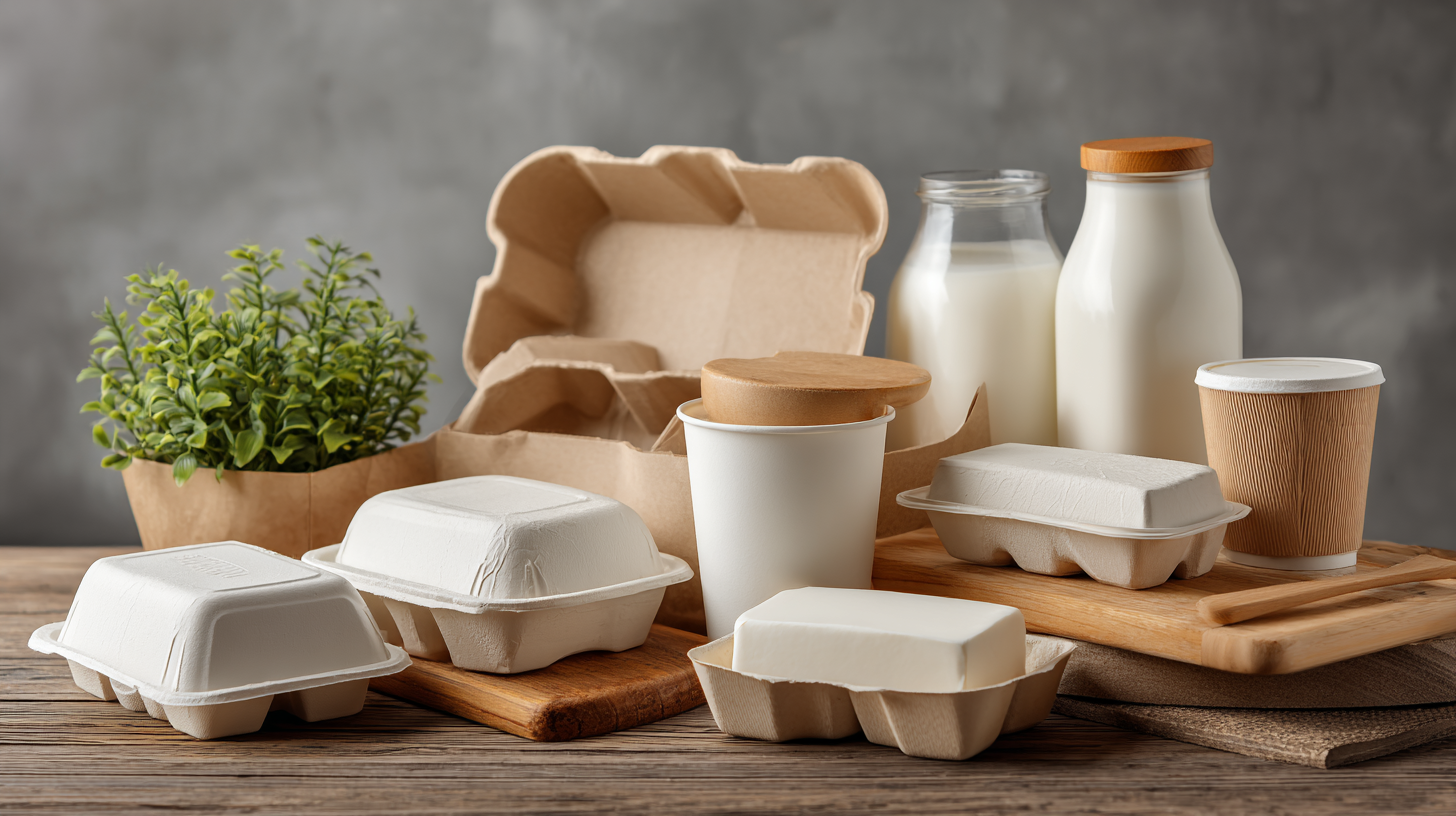
Understanding the Importance of Sustainable Food Packaging in Today's Market
In today's market, the importance of
sustainable food packaging cannot be overstated,
as consumers increasingly prioritize eco-friendly choices. The bioplastic market exemplifies this shift,
projected to grow from a valuation of
$3.76 billion in 2023 to
$6.33 billion by 2032, reflecting a
compound annual growth rate of 5.9%. This surge is attributed to heightened consumer awareness
of environmental issues and a demand for products that minimize ecological impact.
The transition towards sustainable packaging is evident across various materials and applications. For instance, the global
PCR films and
foils market is also expanding, driven by the use of recycled materials in
ready-to-eat meals and frozen foods. Innovations, such as
edible biodegradable films made from modified potato starch, illustrate how
technology is revolutionizing packaging. As businesses adapt to this new landscape, the industry's evolution
showcases a commitment to reducing waste and embracing practices that align with consumer values.
Exploring Eco-Friendly Materials: Types and Their Environmental Benefits
As consumers become increasingly aware of environmental issues, the food packaging industry is witnessing a significant shift towards eco-friendly materials. These materials, which include biodegradable plastics, compostable packaging, and recycled paper, are not just innovative but also offer numerous environmental benefits. According to a recent report from the *Institute of Packaging Professionals*, sustainable packaging can reduce greenhouse gas emissions by up to 30%, potentially saving 1.4 billion metric tons of CO2 annually by 2025. This transition is reshaping consumer choices, as 72% of shoppers express a preference for brands that utilize sustainable packaging, highlighting a clear demand for greener options.
When considering eco-friendly materials, it's essential for both businesses and consumers to recognize the different types available. Biodegradable plastics break down more quickly in natural environments compared to traditional plastics, while compostable packaging can provide nutrients to soil, thereby reducing landfill waste. Additionally, recycled paper utilizes significantly less energy and water during production, making it a more sustainable choice. Reports indicate that using recycled materials can reduce energy consumption by up to 60%, further emphasizing its benefits.
**Tips:** When shopping for food products, look for certifications such as the FSC logo for paper products or the compostable symbol for biodegradable packaging. Additionally, consider opting for bulk purchases to minimize packaging waste. Adopting these simple practices can lead to more informed choices and support the movement towards a sustainable future in food packaging.
Transforming Sustainability in Food Packaging: How Eco-Friendly Materials are Reshaping Consumer Choices
| Material Type | Environmental Benefits | Biodegradability (Years) | Recyclability | Consumer Preference (%) |
|---|---|---|---|---|
| PLA (Polylactic Acid) | Compostable, reduces carbon footprint | 1-3 | Limited | 65% |
| Recycled Paper | Reduces deforestation, biodegradable | 2-5 | Yes | 75% |
| Bamboo Fiber | Fast-growing, sustainable, biodegradable | 3-4 | Yes | 70% |
| Mushroom Packaging | Compostable, utilizes agricultural waste | 30-90 | Limited | 60% |
| Glass | Reusable, infinite recyclability | Dependent on conditions | Yes | 80% |
Consumer Awareness: How Sustainable Packaging Influences Buying Decisions
Consumer awareness of sustainable packaging has reached unprecedented levels, significantly influencing buying decisions across various demographics. According to a 2021 study by Nielsen, 73% of global consumers are willing to change their consumption habits to reduce their environmental impact. This shift is particularly notable among younger generations, with 81% of millennials actively seeking products with sustainable packaging. Such statistics reflect a growing demand for eco-friendly materials that not only minimize environmental harm but also resonate with the values of conscious consumers.
The impact of sustainable packaging on purchasing decisions is evident in various sectors, including food and beverage. A report by McKinsey & Company indicates that 60% of consumers are more likely to choose a brand that uses sustainable packaging over one that does not. Furthermore, products in recyclable or biodegradable packaging are seen as more premium, enhancing brand loyalty. As companies pivot towards eco-friendly alternatives, consumer-driven initiatives are reshaping the marketplace, proving that sustainability is not just a trend but a decisive factor in modern consumer behavior.
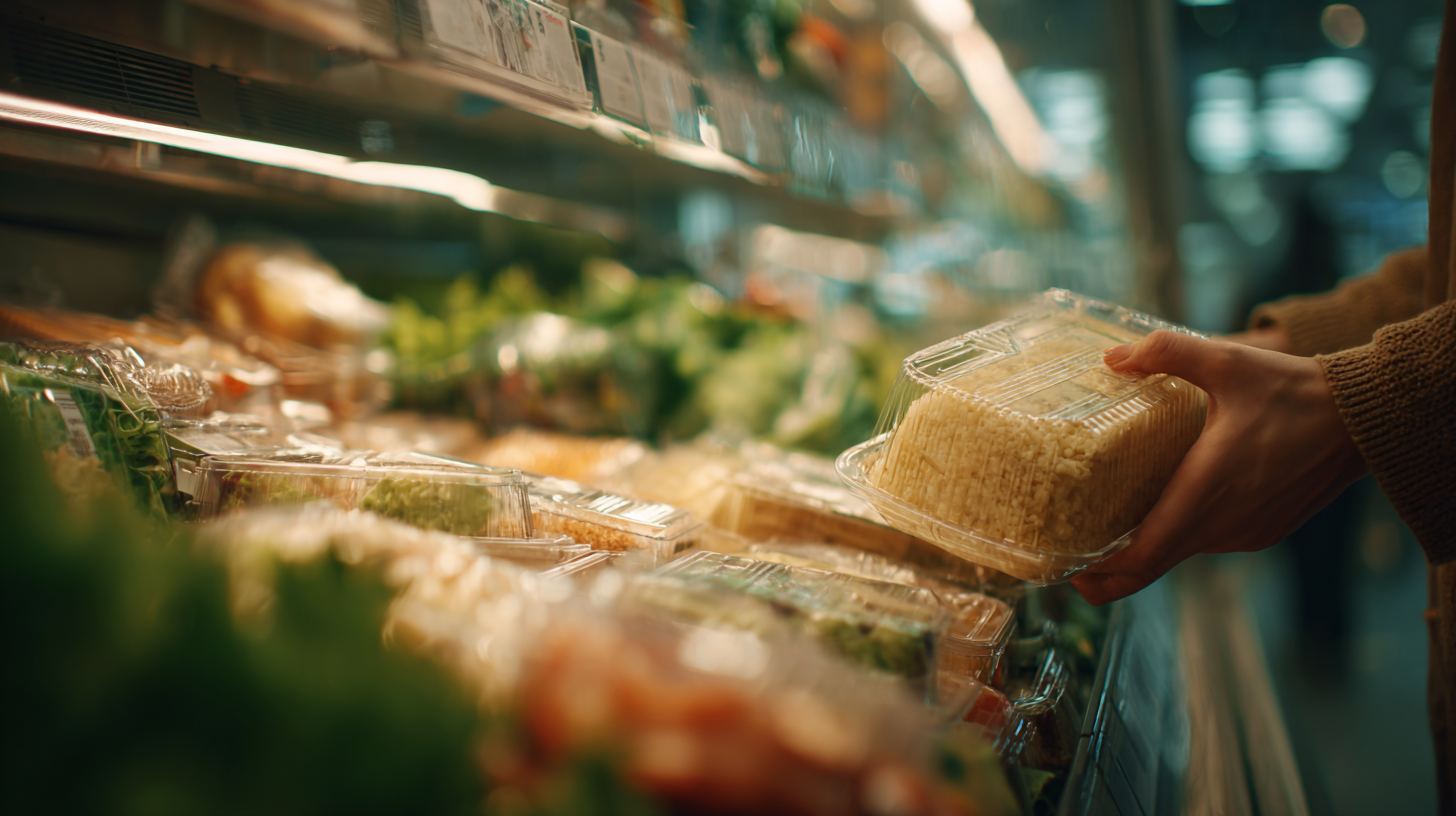
Innovative Technologies Enhancing Eco-Friendly Packaging Solutions
The eco-friendly packaging market is witnessing a significant transformation driven by innovative technologies that enhance sustainability. The water-soluble film market, which incorporates biodegradable heat-sealable films, is expected to grow at a CAGR of over 8% through 2028, reflecting a robust shift towards more sustainable practices in various sectors such as food packaging, pharmaceuticals, and agriculture. These films not only aim to reduce environmental impacts but also align with consumer preferences for greener solutions. Reports indicate that approximately 74% of consumers are willing to pay more for products that utilize sustainable packaging, indicating a strong market demand.
To maximize the benefits of eco-friendly packaging, brands are advised to explore advanced materials that enhance product efficiency while meeting sustainability goals. Tips for companies include investing in research and development to innovate packaging solutions and adopting practices like lifecycle assessments to gauge the environmental impact of packaging choices. Additionally, leveraging consumer education on the advantages of eco-friendly materials can further drive adoption.
The trend towards eco-friendly packaging is not just a passing phase but a fundamental change in consumer purchasing behavior. As sustainability becomes a priority, companies that embrace innovative technologies and materials are not only reducing their carbon footprint but also influencing market dynamics. Embracing these changes can position businesses as leaders in a rapidly evolving industry.
Strategies for Implementing Sustainable Practices in Food Packaging Business
Sustainability in food packaging is becoming increasingly critical as businesses face growing environmental challenges, primarily related to plastic waste. A report indicates that the packaging sector was responsible for nearly 40% of the total plastic demand in Europe by 2021. This statistic underlines the urgency for companies to adopt eco-friendly materials and practices. Strategies to implement sustainable practices in food packaging can include shifting to biodegradable, compostable, or recyclable materials. Businesses are also encouraged to innovate their packaging designs to minimize waste while still meeting consumer demand for convenience.
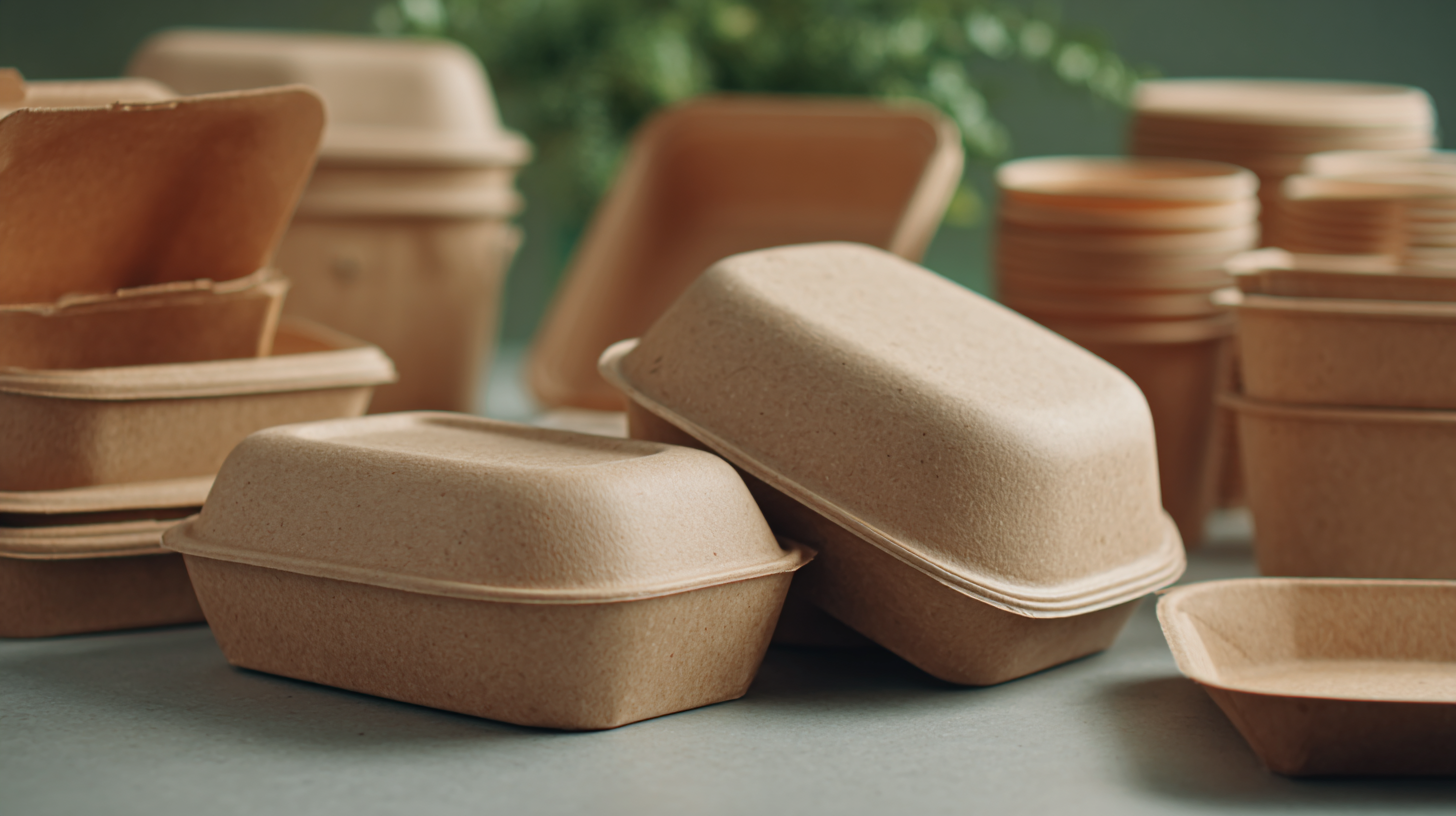
Moreover, integrating sustainable practices into core business operations can align with consumer values and drive profitability. Research suggests that over 70% of companies that invest in sustainable food and agricultural practices see significant revenue growth, partly due to cost reductions in resource management. By adopting these sustainable business models, companies can effectively navigate the complexities of the food packaging industry, reduce their environmental footprint, and foster consumer trust through transparency and accountability in their sourcing and packaging choices.
Related Posts
-

Revolutionizing Sustainable Food Packaging Solutions for a Greener Future
-

Innovative Trends in Food Packaging Design You Need to Know for Sustainable Choices
-

The Future of Sustainability in Carton Packaging Techniques and Innovations
-
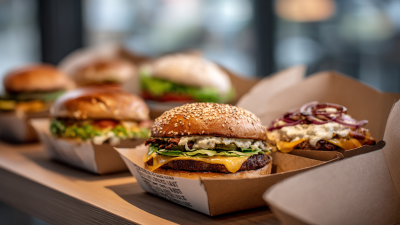
Creative Burger Packaging Ideas for Sustainable Fast Food Solutions
-

Exploring Eco Friendly Innovations in Carton Packaging for Sustainable Brands
-
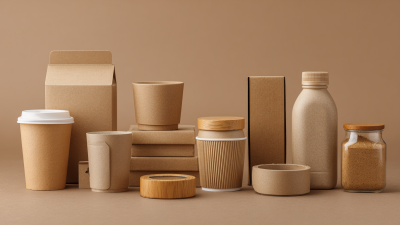
The Ultimate Guide to Choosing Eco Friendly Packaging Supplies for Your Business
